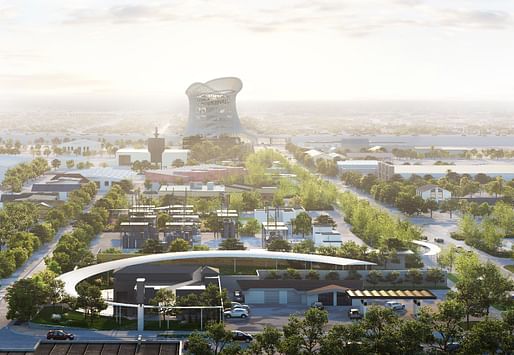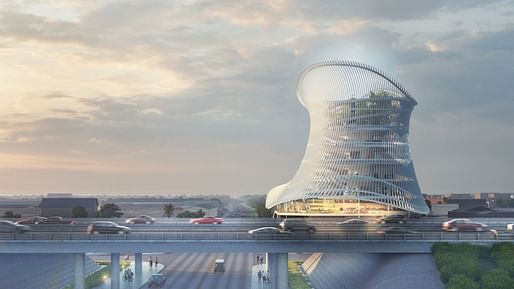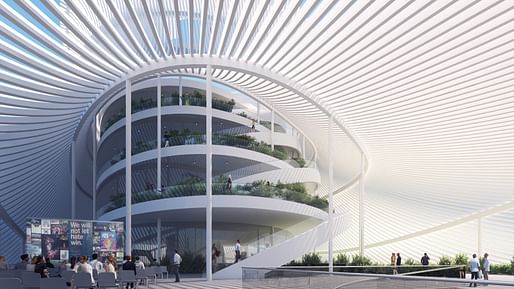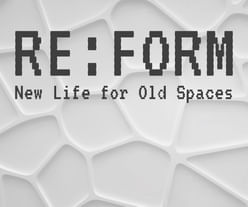
A winning team was recently selected to design the National Pulse Memorial & Museum in Orlando, which will honor the lives of the 49 people killed and all those affected by the Pulse nightclub tragedy on June 12, 2016. The team includes Coldefy & Associés with RDAI, Orlando-based HHCP Architects, Xavier Veilhan, dUCKS scéno, Agence TER, and Professor Laila Farah.
Launched this past March, the two-stage global competition reeled in 68 submissions from 19 countries, which was then narrowed down to six finalists. Over 2,300 comments from the community and general public helped inform the jury's selection of the winning proposal.
Although a winning proposal has been chosen, the design process isn't over just yet. The proposal will serve as a starting point for discussion and as the basis for the final version of the memorial and museum. Currently scheduled for a 2022 opening, the memorial and museum will be free and open to the public year-round.
Read more about the winning proposal from the design team.

“The Pulse is the source, the place of events that echoed throughout the world, the point of departure of a project transforming hearts, minds and inspiring the Orlando SoDo district development. Pulse becomes the center of gravity; it radiates and transmits,” the team writes. “Water is the connecting element, from the existing fountain, it becomes a shallow reflecting pool encircling the club. In memory of the Angels, a palette of 49 colors lines the basin and radiates towards the public spaces.”

“An opulent garden planted with 49 trees, the memorial site provides a protective and colorful canopy. At the center of the garden, the nightclub is preserved; a generous adjacent space is dedicated to gathering and celebration. In this haven of peace and tranquility, we discover the transformed nightclub, opening to the light and air, inviting us to traverse an intimate path; opening our consciousness.”

“The renewed West Kaley street provides a shaded connection to the Museum, which rises like a budding flower, reaching towards the sky and signaling the entrance to the Pulse district. Vertical gardens and public plazas create new community places, and a rooftop promenade offers views to the Memorial and over the entire district.”

“Interactive sculptures commemorating all those affected by the tragedy punctuate the shaded esplanade of the Survivors walk on Orange Avenue, from the memorial towards downtown. Future promenades, bike paths, and a Pulse shuttle connect to the train station and create walkable loops that serve as a framework for the healthy future growth of the neighborhood.”

Ceramics of Italy Tile Competition
Register/Submit by Fri, Feb 14, 2025

Land Art Generator Initiative 2025 Fiji: Climate Resilience for Island Communities
Register/Submit by Mon, May 5, 2025

Re:Form – New Life for Old Spaces
Register by Wed, Jan 22, 2025
Submit by Tue, Sep 2, 2025

250,000 € Prize / HOUSE OF THE FUTURE 2024/25
Register by Wed, Apr 30, 2025
Submit by Mon, Jun 2, 2025
2 Comments
The practice of building memorials like this is utterly inane. How about building low income housing, childcare facilities, an educational or recreational center? There are so many ways that this kind of effort could be used for a wide public benefit, instead they’re going to get a giant fancy headstone.
They should just rename a street or highway after them. At least that doesn’t cost anything, even if it is confusing when you’re looking for Route 114 and all you see are signs for Lost at Sea Memorial Pike (commemorating the victims of Flight 800).
Seems to me that a community can both honer the humanity of the situation and also build other things for "public benefit".
Super glad though that you got to shake your fist at those pesky wasteful memorials to massacres Miles....